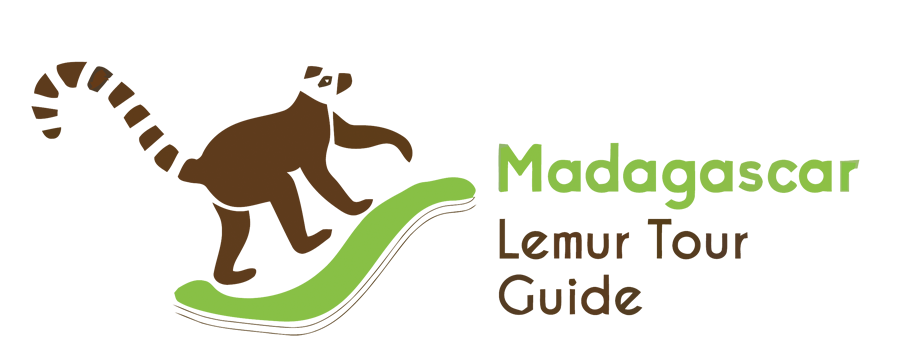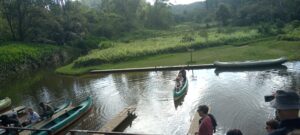ANTANANARIVO -MAROANTSETRA – ANTANANARIVO.
Highlight: Visit of the Masoala National park.
Note: flight is just once a week but possible using private flight.
DAY01: ANTANANARIVO – MAROANTSETRA.
Fly to Maroantsetra on a private flight.
Upon arrival, transfer to your hotel.
DAY02: MAROANTSETRA – MASOALA
Boat transfer to the Masoala National Park
DAY03/04/05/06: MASOALA.
03days spent for exploring the Masoala National Park.
Masoala National Park, in northeast Madagascar, is the largest of the island’s protected areas. Most of the park is situated in Sava Region and a part in Analanjirofo. Created in 1997, the park protects 2,300 square kilometres of rainforest and 100 square kilometres of marine parks. The Masoala Peninsula is exceptionally diverse due to its large size, and variety of habitats. Altogether, the park protects tropical rainforest, coastal forest, flooded forest, marsh, and mangrove. Three marine parks protect coral reefs and a dazzling array of marine life.
There are ten lemur species, including the red ruffed lemur, which is native to the peninsula. The island reserve of Nosy Mangabe is one of the best sites in Madagascar to try to glimpse the elusive nocturnal aye-aye.[citation needed]
Masoala harbors many other species, such as the Madagascar day gecko, leaf-tailed gecko, chameleons of all sizes, spectacular birds such as the helmet vanga.
Three marine parks are included in the Masoala National Park: Tampolo in the West, Ambodilaitry in the South, and Ifaho in the East. These are among the most diverse marine environments in Madagascar and are superb destinations for kayaking and snorkeling.
Each year from July to early September, hundreds of humpback whales visit the Antongil Bay during their long migration. The warm protected waters of the bay provide an ideal breeding and calving ground for these marine mammals.

DAY 07: MASOALA – NOSY MANGA BE – MAROANTSETRA
Boat transfer back to Maroantsetra with stop at the Nosy Mangabe island.
DAY08: MAROANTSETRA – ANTANANARIVO.
Fly back to Antananarivo.


